Personally, we welcome our new tech overlords. In this bustling, tech-driven era, innovations like interactive smart glasses and VR headsets are becoming central to our everyday lives. Pieces like Meta’s new Ray-Ban, Meta Quest, the Apple Vision Pro, and Microsoft HoloLens are reshaping our interaction with the world in the coolest ways. 🌐
Meta just released it’s new Ray-Ban smart glasses. This is a totally new take on smart glasses, putting fashion and function in the same realm of importance. These new Meta glasses even allow users to livestream from the glasses directly onto their social media platforms, which is really cool, but it’s also feeling a bit Ready Player One-ish. Is anybody else worried about our overall eye health? No just us. Ok, Ok…health anxiety for another day.
First Thing’s First: What Is the Difference Between Virtual Reality, Augmented Reality, and Mixed Reality?
Virtual reality, the basis for many VR headsets, is what most people are familiar with—it’s a fully immersive virtual world (think of the Meta Quest 2). Augmented reality (AR) overlays digital elements onto the real world (like 3D TikTok filters) and serves as the foundation for many interactive smart glasses. Mixed reality (MR) goes a step further, allowing real and virtual objects to interact and coexist in real time within the same environment (a good example of this is the HoloLens by Microsoft).
What are Interactive Smart Glasses?
Interactive smart glasses are eye or head-worn wearable computers that offer valuable capabilities to the user. Beyond the realm of VR headsets, these glasses often include displays that add information to the wearer’s view, providing an AR or MR experience. These devices overlay digital information onto the user’s field of vision through an optical head-mounted display (OHMD) or glasses with a transparent heads-up display (HUD) or AR overlay.
Mixed Reality In Action: Making Blood Donations Fun
One of the most intriguing applications of mixed reality, especially with interactive smart glasses, is in the healthcare sector. A standout example is the collaboration between Abbott Labs and Blood Centers of America. They utilized the Microsoft HoloLens headset to craft a mixed reality blood donation experience, heightening the joy for first-time donors. This inventive approach amplified the donor experience and showcased the transformative power of smart glasses in various life aspects.
Mixed reality, facilitated through VR headsets and interactive smart glasses, is seeping into many industries, streamlining tasks and enhancing efficiency. Application scenarios range from product development to training. Companies like Microsoft have crafted enterprise solutions for HoloLens 2, aiming at sectors like engineering and education. These tools amplify productivity, cut downtime, and bolster remote teamwork.
We’ve Done the Web Digging for You! Check Out the Latest in VR/MR/AR Headsets and Smart Glasses:
Microsoft HoloLense 2: MR Headset
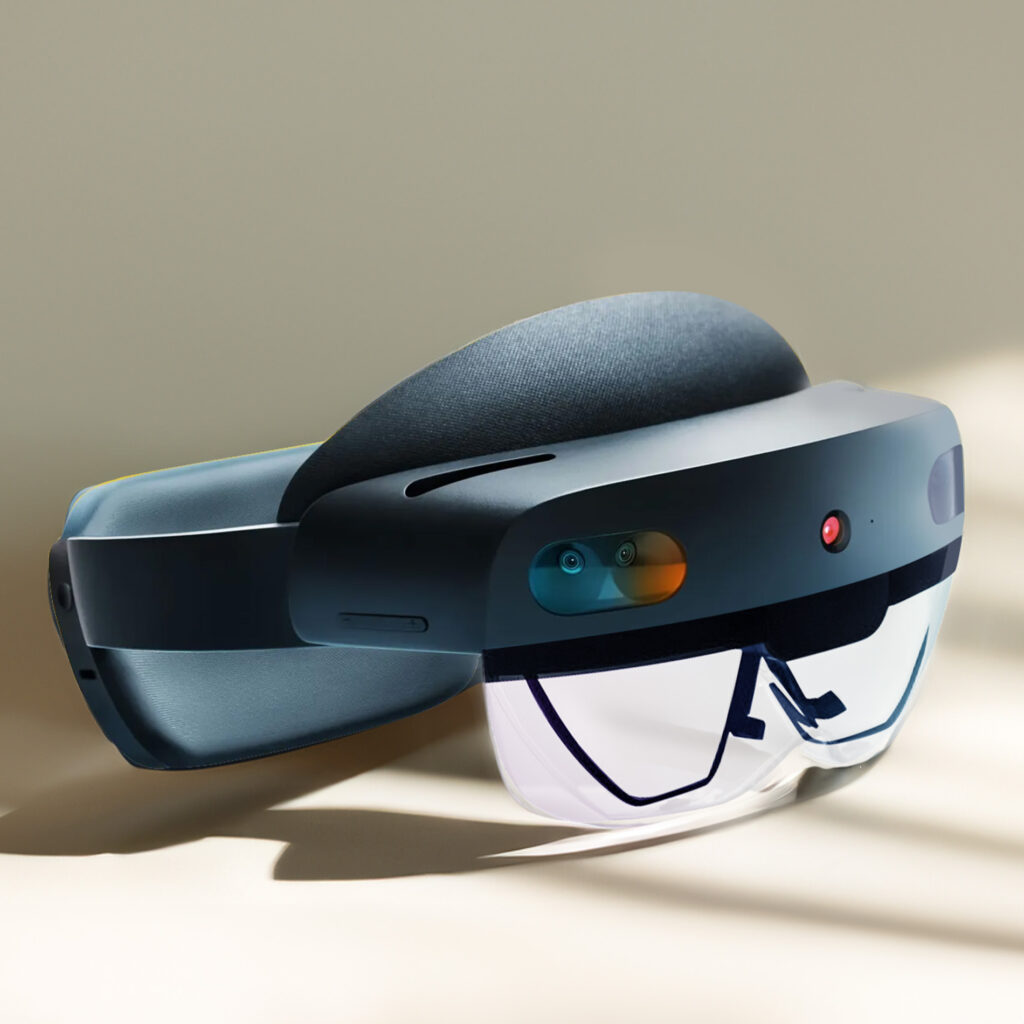
Experience: Mixed Reality
Price: $3,500.00
Apple Vision Pro: AR/MR/VR Headset
Experience: Augmented Reality, Mixed Reality, and Virtual Reality
Price: $3,499.00
Availability: Set to be available in early 2024 in the United States, with availability in other countries later that year.
Valve Index VR Headset Kit
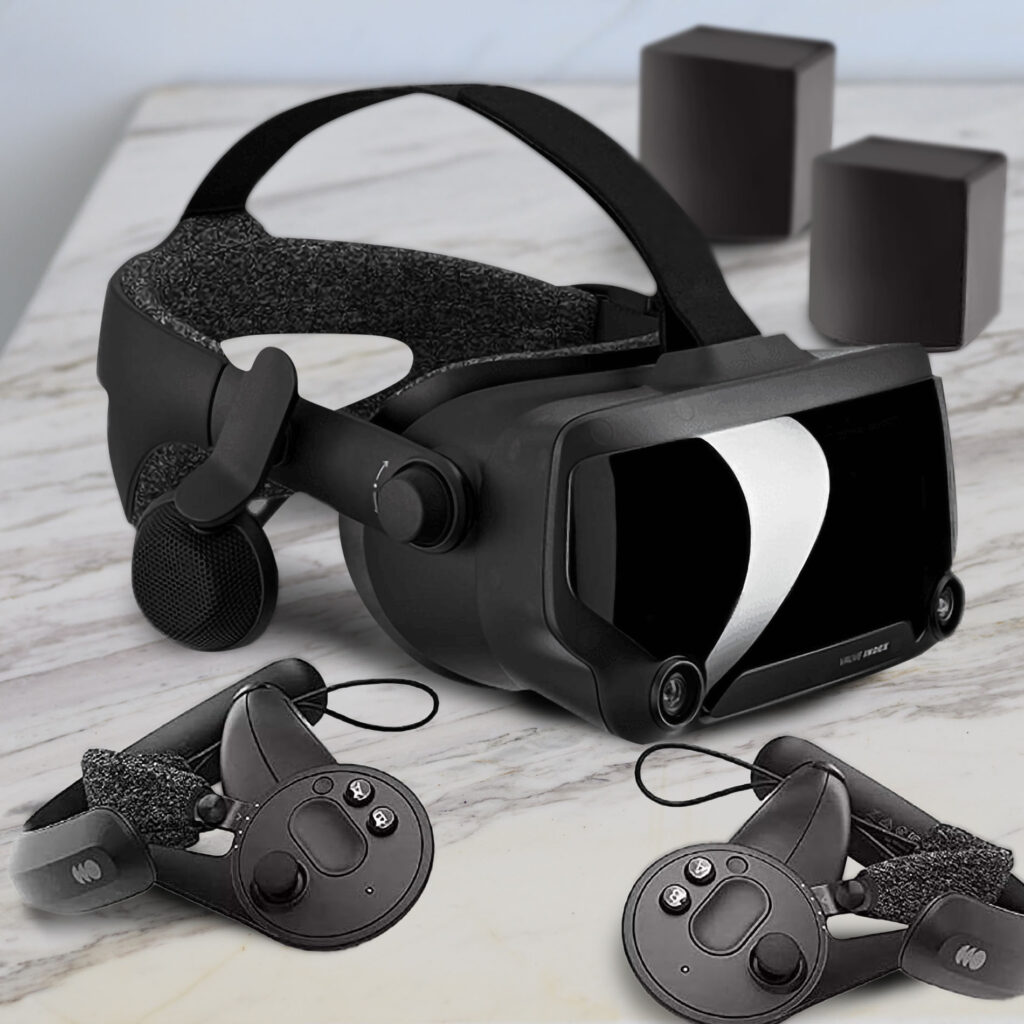
Experience: Virtual Reality
Price: $999.00
Vuzix Blade Upgraded Interactive Smart Glasses
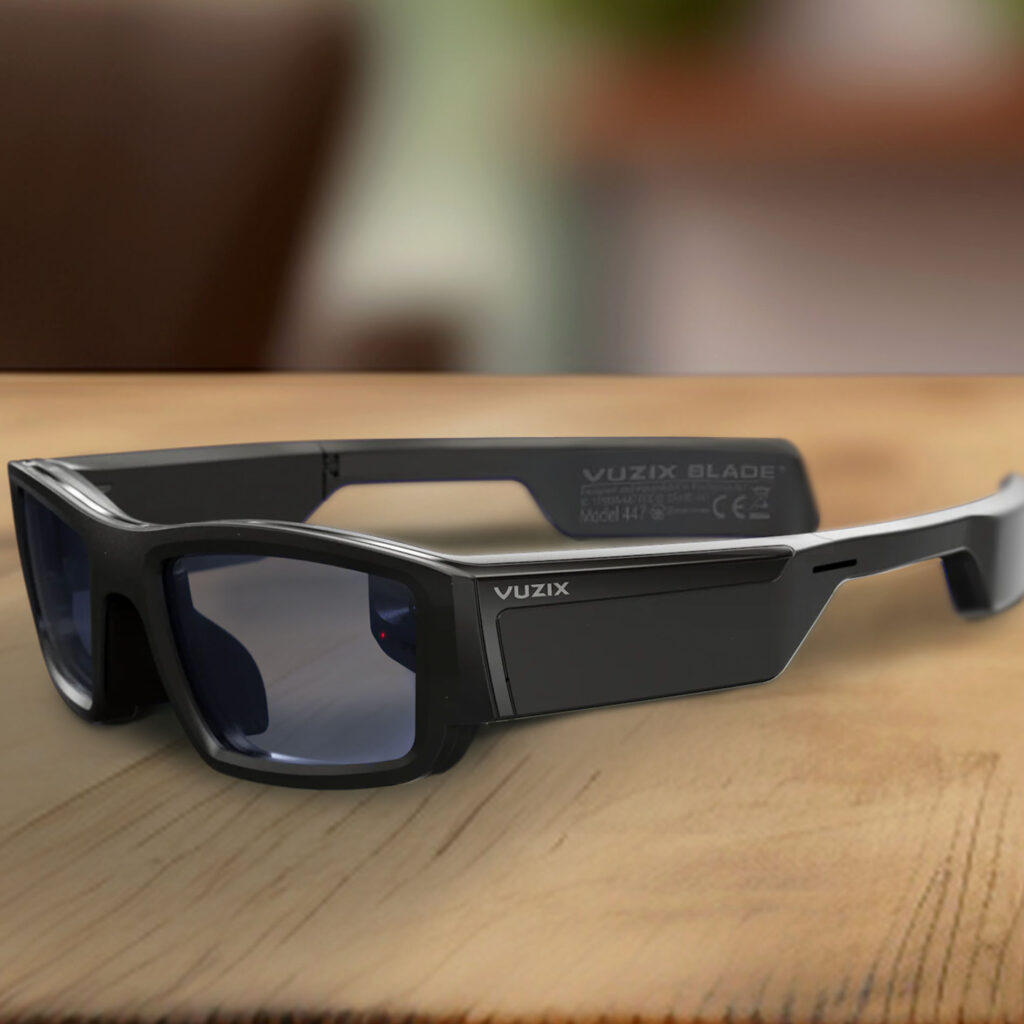
Experience: Augmented Reality
Price: $999.99
HTC VIVE Pro 2: VR Headset

Experience: Virtual Reality
Price: $799.00
Epson Moverio BT-40: AR Headset
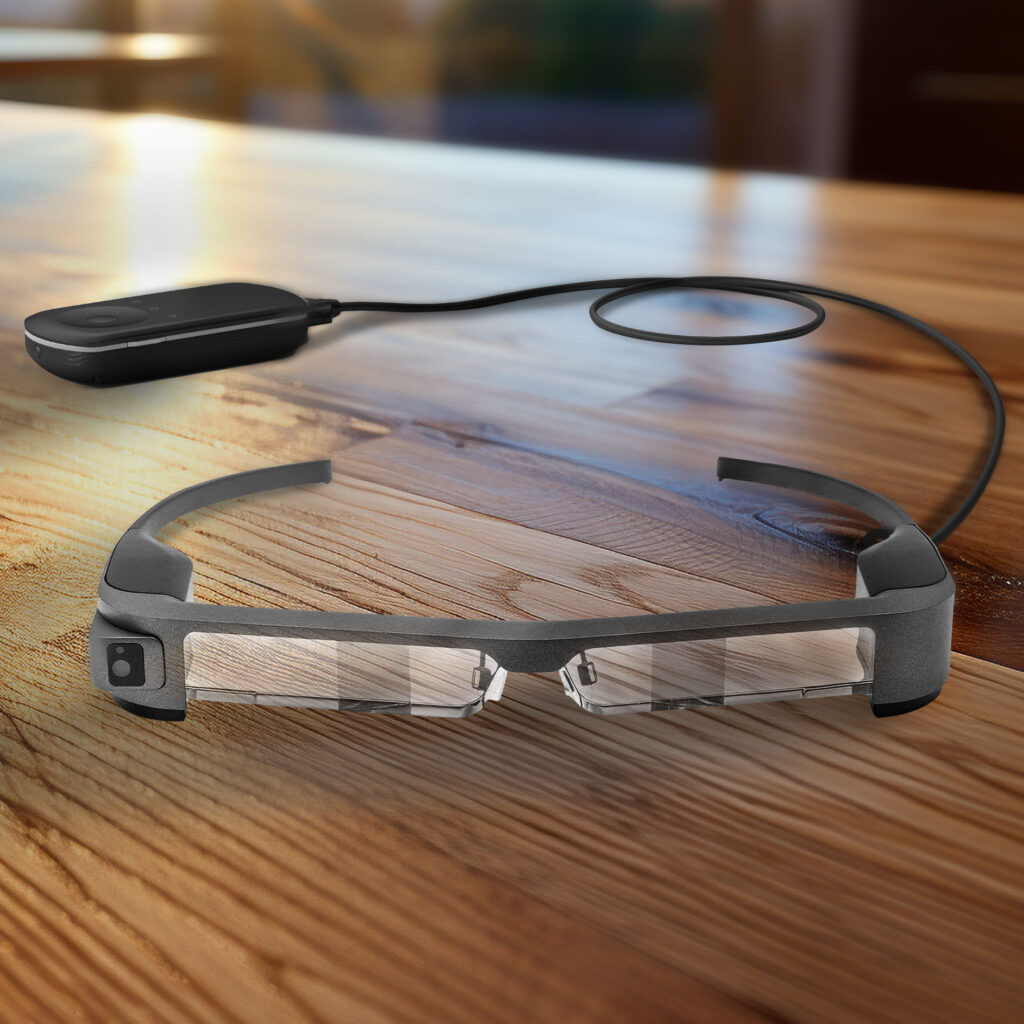
Experience: Augmented Reality
Price: $699.00
Sony PlayStation VR2: VR Headset

Experience: Virtual Reality
Price: $599.00
HP Reverb G2: VR Headset
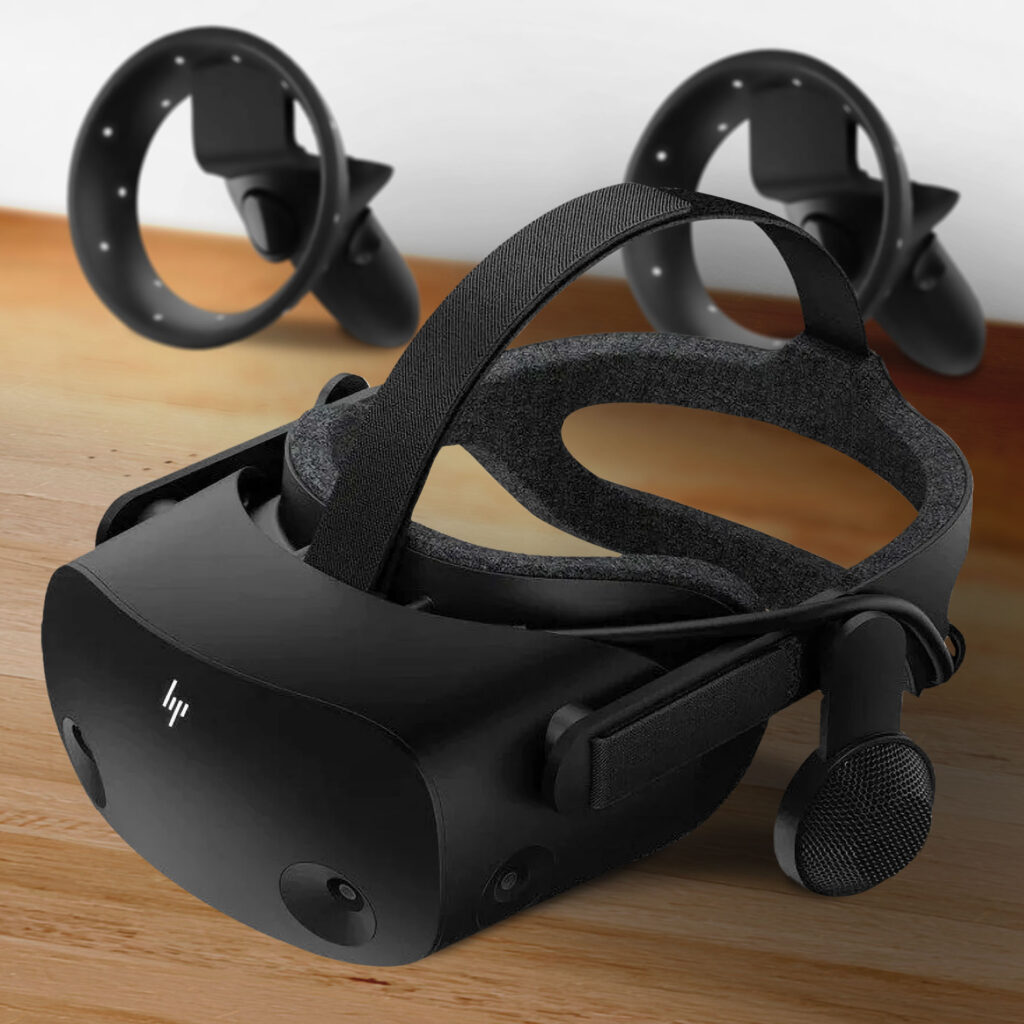
Experience: Virtual Reality
Price: $469.00
Meta Quest 3: VR Headset
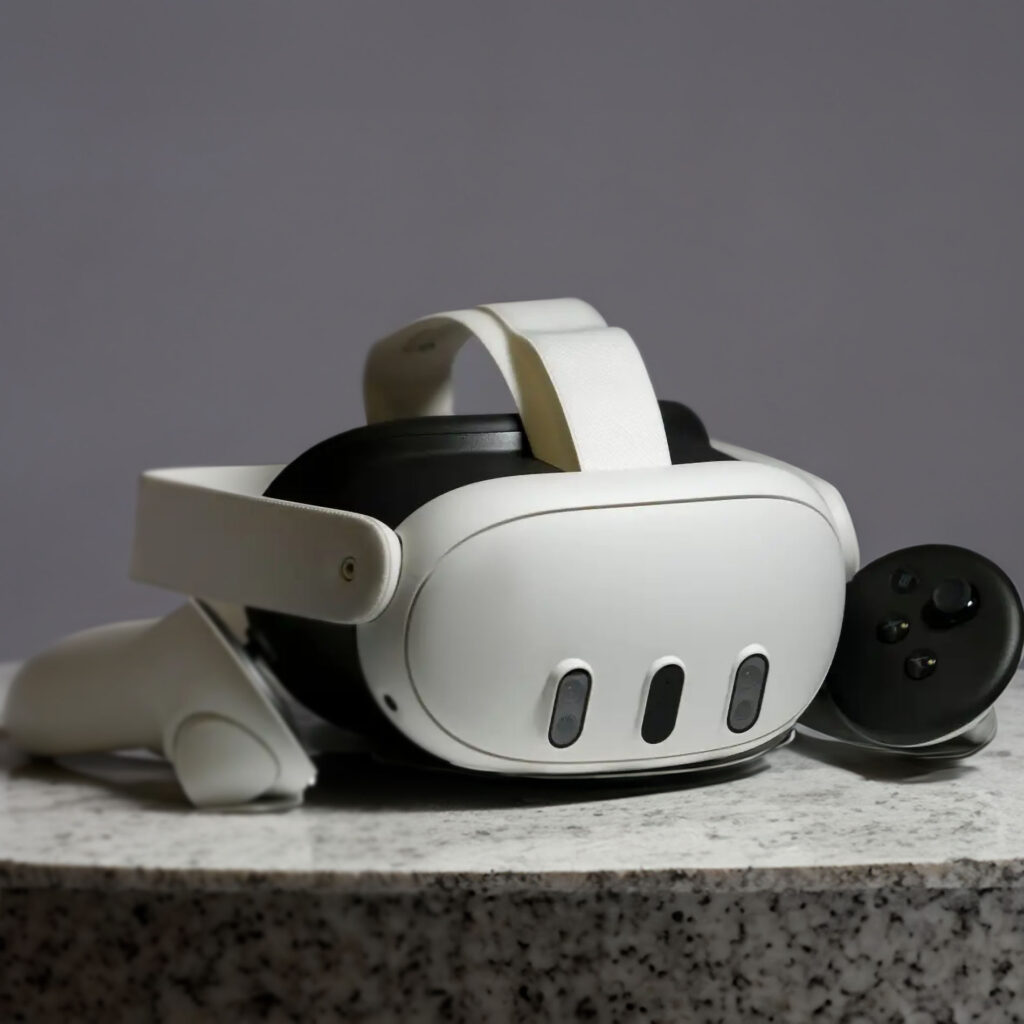
Experience: Virtual Reality
Price: Starting At $499.99
Meta Quest 2 (formerly Oculus): VR Headset

Experience: Virtual Reality
Price: Starting At $299.00
Ray-Ban Meta Interactive Smart Glasses
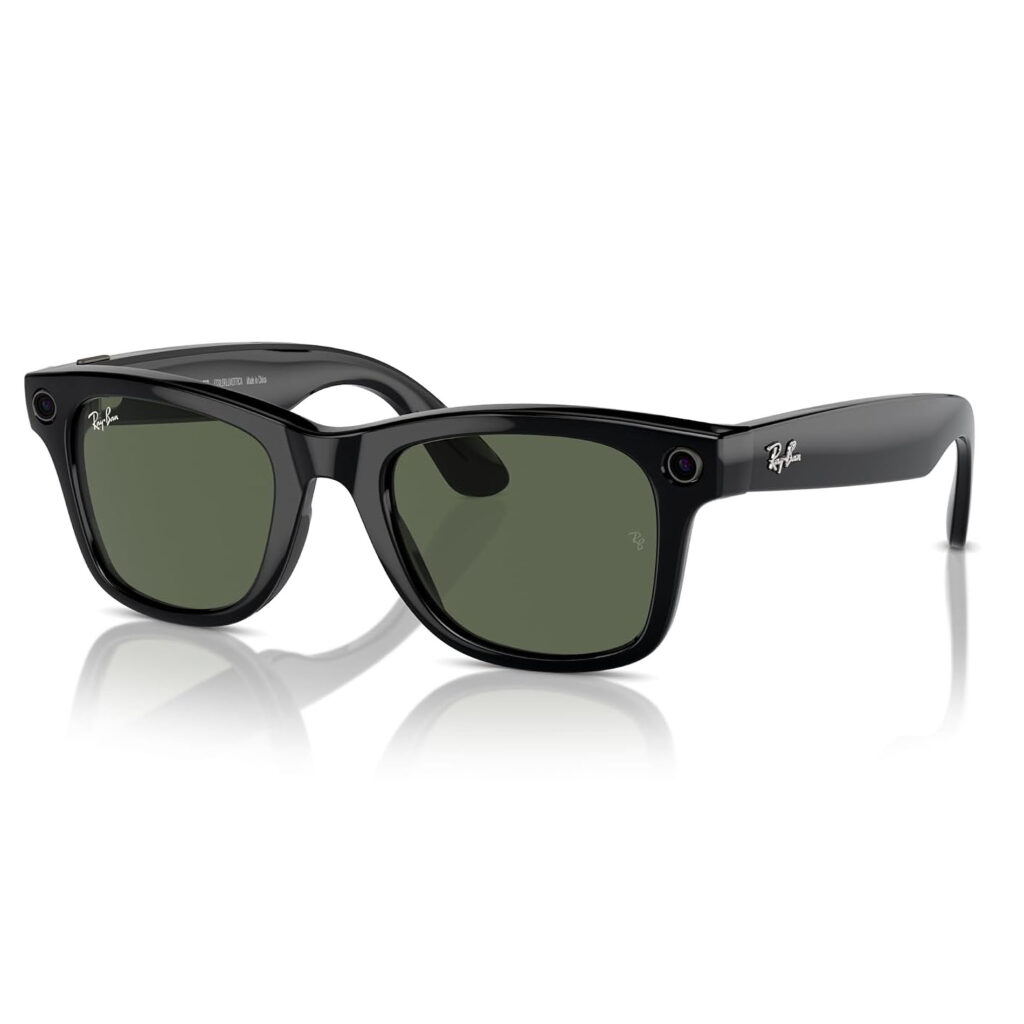
Experience: Augmented Reality
Price: Starting At $299.00
The Human Perspective: Embracing the Future
As we continue to explore the potential of smart glasses, it’s essential to reflect on the human aspect of this technology. The ability to access information and interact with the digital world through a simple glance or gesture is nothing short of magical. As interactive eyewear become more advanced and widely adopted, they will undoubtedly play a significant role in shaping our future experiences. In a world that sometimes feels like it’s spinning off its axis, here we are, embracing the future where having a conversation with our glasses is just another part of our day. It’s almost amusing, adding another voice to the daily chorus, but honestly? Amidst all the chaos, it’s connecting us, optimizing our lives, and injecting a bit of unexpected joy into our routine. My only question is…will my new smart glasses fit over my regular glasses? Some of us can’t do contacts. Eyeballs aren’t meant to be touched!!











